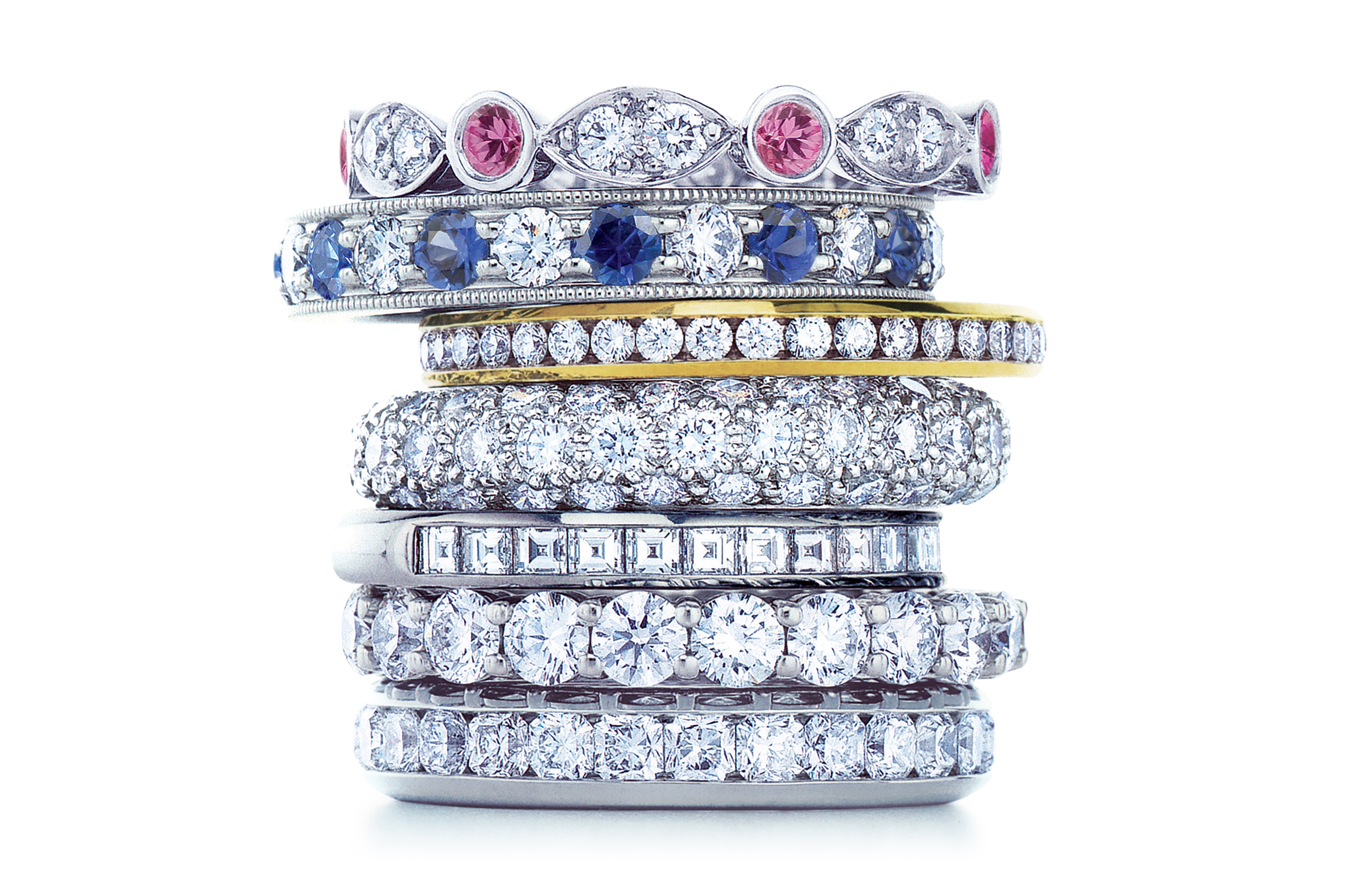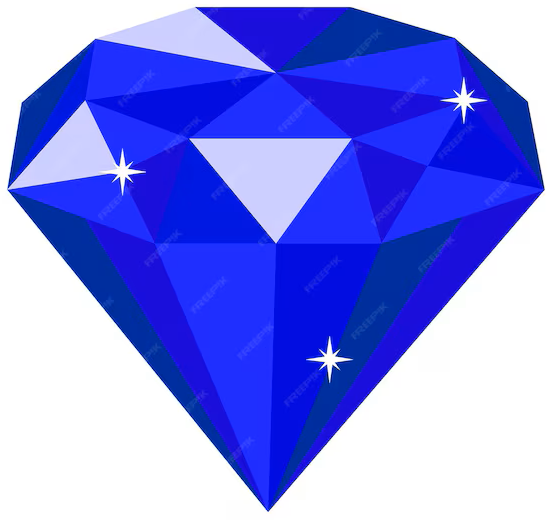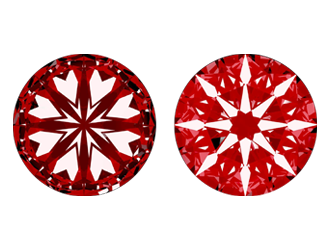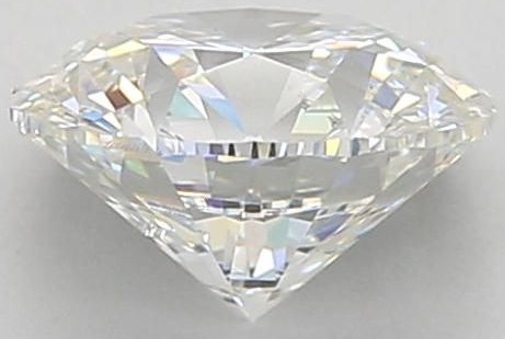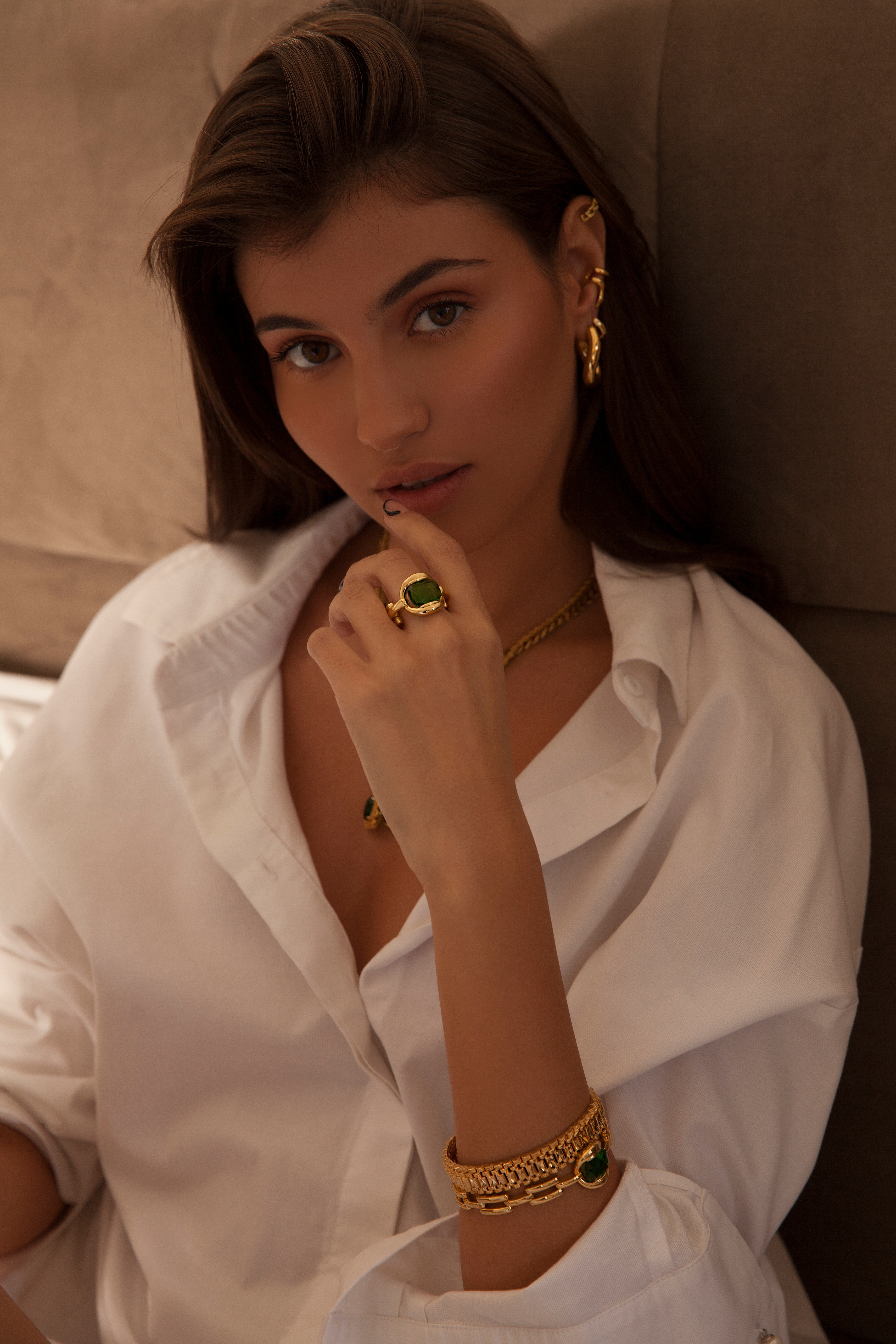0 of 0 Results

Lifetime Warranty

Hassle Free Returns

Free Resizing

Conflict Free Diamonds
FAQs about None Fluorescence Diamond
Non-fluorescent diamonds are incredibly commonplace. about 25-35% of diamonds show off a few diploma of fluorescence, that means the final 65.75% do not. Non-fluorescent diamonds lack the glow that can be visible underneath UV mild, making them a not unusual preference for folks that pick a diamond that looks steady in distinct lights situations.
Fluorescence can have an effect on a diamond’s cost, but the impact varies. generally, faint to medium fluorescence has little to no effect on price. but, robust fluorescence can occasionally decrease a diamond’s price, in particular if it causes a hazy or milky appearance. Conversely, in decrease colour diamonds (J and underneath), fluorescence can enhance appearance and barely boom value by making the diamond appear whiter.
The number one distinction among fluorescent and non-fluorescent diamonds is their reaction to UV mild. Fluorescent diamonds emit a seen glow beneath UV mild, even as non-fluorescent diamonds do now not. This glow can affect the diamond's look in positive lighting fixtures conditions but does now not inherently effect the diamond’s structural residences.
ome shoppers prefer non-fluorescent diamonds due to the fact they preserve a regular appearance in all lighting fixtures situations, without the capacity color change that fluorescence can reason. Non-fluorescent diamonds are seen as greater predictable and solid in look, which may be attractive to those who value consistency.
Non-fluorescent diamonds are not inherently higher in pleasant in comparison to fluorescent diamonds. The presence or absence of fluorescence does no longer affect the diamond’s cut, readability, carat, or inherent colour. first-rate is decided with the aid of those factors, at the same time as fluorescence is a separate function that influences handiest the diamond's appearance below UV light.
Fluorescence is normally detected using UV light, such as that discovered in a jeweler’s UV lamp or in herbal daylight, which includes UV rays. To the naked eye, fluorescence might not be substantial in regular indoor lighting fixtures conditions. hence, special equipment or specific lights conditions are commonly required to examine fluorescence.
Fluorescence does now not have an effect on the durability or structural integrity of a diamond. it is purely an optical phenomenon that affects how a diamond interacts with UV light. A diamond with fluorescence is just as long lasting and difficult as a non-fluorescent diamond.
Fluorescence in diamonds is graded based on its depth under UV light. The GIA grades fluorescence on a scale from "None" to "Very strong," with intermediate levels being "Faint," "Medium," and "robust." those grades reflect the visibility and electricity of the fluorescence however do not provide information about its coloration or effect on the diamond's look.
whilst non-fluorescent diamonds do now not showcase a glow beneath UV light, they can nevertheless seem one of a kind under diverse lighting conditions due to the lighting's first-rate and color. as an example, indoor incandescent lighting could make diamonds seem hotter, while sunlight hours could make them look brighter. however, the absence of fluorescence ensures that UV light does not cause extra visible coloration adjustments.





























